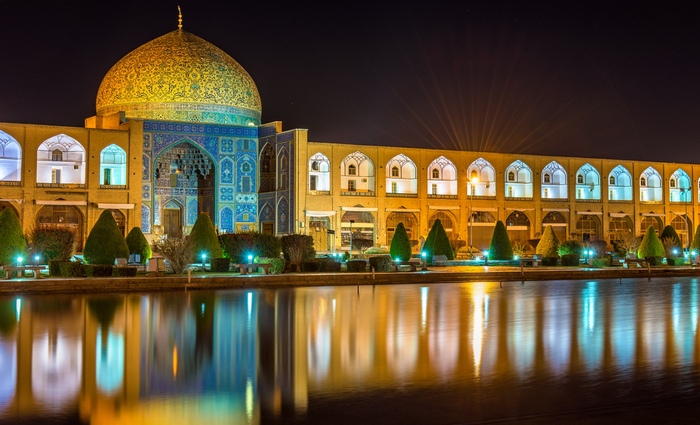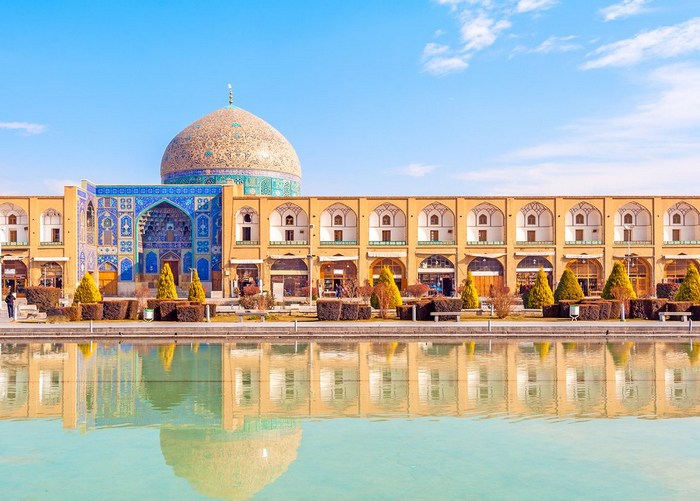naqsh-e jahan square facts
Naqsh-e Jahan Square, known as “Image of the World Square” when translated, is a spectacular testament to Persia’s architectural prowess and its rich historical tapestry. Located in Isfahan, Iran, this square is not only a prominent tourist attraction but also an embodiment of the city’s glorious past. Let us delve into some fascinating facts about this UNESCO World Heritage site.

1. Historical Origins: Constructed between 1598 and 1629, Naqsh-e Jahan Square was initiated under the rule of the Safavid King, Shah Abbas I. He chose Isfahan as his capital and envisioned the square as the centerpiece of his new city. Historically, this period was marked by significant advancements in Persian arts, architecture, and culture, which are all evidenced by the square’s detailed designs and intricate craftsmanship.
2. Architectural Marvel: Covering an area of approximately 560 meters by 160 meters, the square is one of the largest in the world. It is surrounded by monumental buildings constructed during the Safavid era. These include the Shah Mosque, the Sheikh Lotfollah Mosque, the Ali Qapu Palace, and the Isfahan Grand Bazaar. Each structure exhibits the zenith of Persian architecture with breathtaking mosaics, soaring minarets, and expansive iwans.
3. Multifunctional Space: Historically, the square has been used for various purposes. From polo matches, with the stone goal posts still visible, to military parades and royal ceremonies, the square has witnessed the ebbs and flows of Persian society. The location was not only a center for commerce due to the Grand Bazaar but also a hub for religion, politics, and entertainment.

4. Ingenious Urban Planning: The layout of the square and its surrounding buildings indicate advanced urban planning techniques. The central arena was purposefully designed for public events, while the mosques and palaces signified spiritual and political power. The Grand Bazaar, branching out from the square, became a nexus for trade and commerce.
5. A Hub of Craftsmanship: Naqsh-e Jahan Square became a center for artistic and craftsman pursuits. The Grand Bazaar, in particular, was a thriving spot for artisans to showcase their works, ranging from delicate Persian rugs to intricate metalwork. The architectural designs of the square and its surrounding edifices, adorned with blue and gold mosaics, represent the culmination of centuries of Persian artistry.
6. UNESCO World Heritage Status: In 1979, Naqsh-e Jahan Square, along with its surrounding buildings, was designated a UNESCO World Heritage site. This designation ensures the protection and conservation of the square, recognizing its value not only to Iran but also to the collective heritage of humanity.
7. Contemporary Significance: Today, the square is a vital part of Isfahan’s social fabric. While tourists flock to admire its historical and architectural significance, locals also use the space for leisurely strolls, picnics, and gatherings. The bazaar remains active, offering a myriad of traditional goods and providing a tangible connection to the past.

8. The Square’s Acoustics: An often-overlooked feature of the square is its unique acoustics. The architectural design of the buildings surrounding the square creates an ambient sound environment. Historically, this was utilized for public announcements and even musical performances. The acoustics enhance the visitor’s experience, adding an auditory dimension to the visual feast.
9. Preservation Efforts: Since its UNESCO designation, efforts have been made to preserve the original character of the square. While modernity encroaches upon many historical sites worldwide, Naqsh-e Jahan Square remains largely unchanged, a genuine reflection of its origins. Conservation projects ensure that the buildings retain their original luster, while regular maintenance prevents deterioration.
10. An Economic Boost: The square, given its global fame, plays a significant role in Isfahan’s economy. As a major tourist attraction, it brings in a steady stream of international visitors. Local businesses, ranging from traditional tea houses to souvenir shops, thrive due to the influx of tourists.
To truly understand Naqsh-e Jahan Square, one must view it not merely as a historical site but as a living testament to Persia’s legacy. Each tile, minaret, and archway tells a story of a bygone era, of empires and kings, artisans, and craftsmen. As the world continues to change, the square remains a steadfast reminder of the timeless beauty and majesty of Persian culture.
